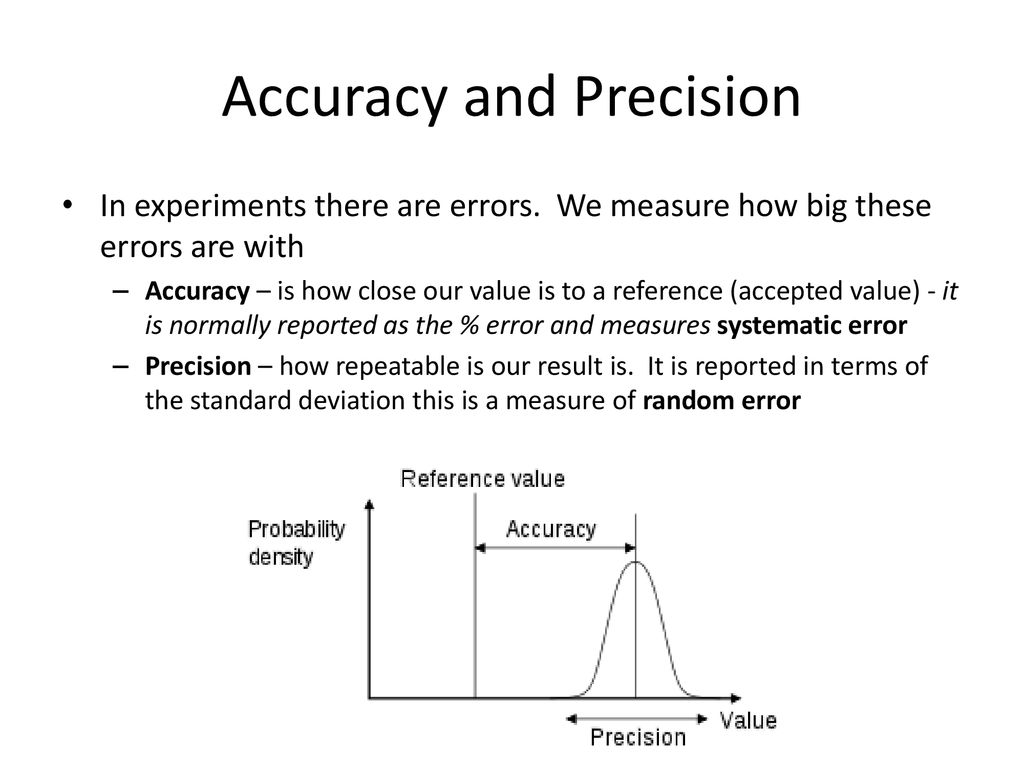

In the original Westgard multirule QC procedure, this test was used as a warning signal to carefully inspect the data. 1 2s: This test sends a signal if there is a point beyond +/- 2 standard deviations.

Each test is designed to send a signal that something in the lab test has shifted. The rules below assume that one control is being run.

You can find more information on these rules at This website also contains information on laboratory QC procedures. The lead author was named James Westgard. If you read the paper, you will not see the term Westgard Rules. The original paper was in the Journal of Clinical Chemistry (27/3, 493-501 (1981). These are really multirole quality control procedures that are designed to minimize false rejections and maximize error detection. The Levey-Jennings charts can be interpreted using the Westgard rules. Interpret the chart - what is it telling you about the lab test?

If you are using the Westgard rules (described below), you will also need to plot the lines at +1s, +2s, -1s and -2s from the center line.ġ1. Plot the control limits on the Levey-Jennings chart and label. Plot the center line as a sold line on the Levey-Jennings chart and label. Calculate the upper control limit (UCL) and the lower control limit (LCL).ġ0. You can easily calculate this in Excel using the STDEV function.ĩ. Calculate the standard deviation (if a known standard deviation is not being used): Where k is the number of control samples run.Ĩ. Calculate the overall process average (if the control value is not being used for the center line): Plot the results (X) on the Levey-Jennings chart.ħ. Run the control in the lab test and record the individual results.Ħ. The more data points you have, the better the estimate of the variation in the lab test.ĥ. Recalculate the control limits until you have twenty or more points. You can start the chart with as little as six points. Select the number of data points (k) to be collected before control limits are calculated (at least twenty). Data should be collected in the order in which they are generated.Ĥ. Select the frequency with which the data will be collected (e.g., before each test or daily). Decide if you have a known standard deviation for the lab test or if you will use the calculated standard deviation from the results from running the control in the lab test.ģ. Decide if you will use the control value for the center line on the Levey-Jennings chart or if you will use the average calculated from the results of running the control in the lab test.Ģ. These steps relate just to how the Levey-Jennings is made.ġ. It is assumed that the proper control has been selected. The steps in constructing a Levey-Jennings chart are shown below. This is a run of 8 or more below the average and indicates that the accuracy of the lab test has shifted. Days 17 to 27 also represent an out of control situation. This condition indicates that the accuracy of the lab test is significantly different for those two points. They fail a test that says two consecutive points beyond 2 standard deviations from the average (or control value) are out of control. The red points in the chart above are "out of control." When this is the case, the lab tests since the last control was run are suspect. In this example, it is the standard deviation of the results. The standard deviation is either a known standard deviation from previous measurements or the standard deviation of the results. The other two lines represent distances of one and two standard deviations from the average. The LCL and UCL are three standard deviations from the center line. On each side of the results, there are three lines. The data for thirty days is in the table below. To monitor the test, they run a control daily. An example of a Levey-Jennings chart is shown below.Ī lab runs a cholesterol test. This is particularly true in the healthcare industry. Yet, many labs use Levey-Jennings charts to monitor the stability of their lab tests. This approach is always a valid method of monitoring lab tests.
#Accurate standard deviation in excel how to
Our previous newsletters have examined how to monitor lab tests using X-mR (individuals) control charts.


 0 kommentar(er)
0 kommentar(er)
